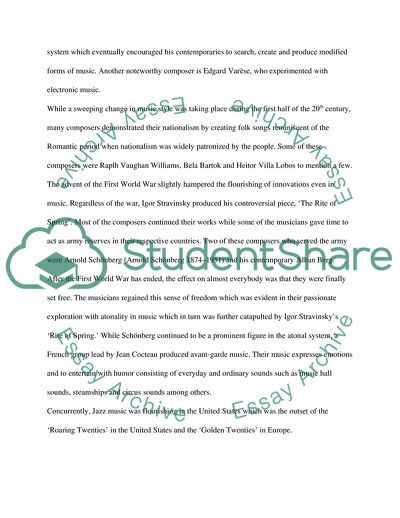Cite this document
(Structure and Interpretation of Music Concepts Essay Example | Topics and Well Written Essays - 1250 words, n.d.)
Structure and Interpretation of Music Concepts Essay Example | Topics and Well Written Essays - 1250 words. https://studentshare.org/music/1713360-music-during-the-20th-century
Structure and Interpretation of Music Concepts Essay Example | Topics and Well Written Essays - 1250 words. https://studentshare.org/music/1713360-music-during-the-20th-century
(Structure and Interpretation of Music Concepts Essay Example | Topics and Well Written Essays - 1250 Words)
Structure and Interpretation of Music Concepts Essay Example | Topics and Well Written Essays - 1250 Words. https://studentshare.org/music/1713360-music-during-the-20th-century.
Structure and Interpretation of Music Concepts Essay Example | Topics and Well Written Essays - 1250 Words. https://studentshare.org/music/1713360-music-during-the-20th-century.
“Structure and Interpretation of Music Concepts Essay Example | Topics and Well Written Essays - 1250 Words”. https://studentshare.org/music/1713360-music-during-the-20th-century.


